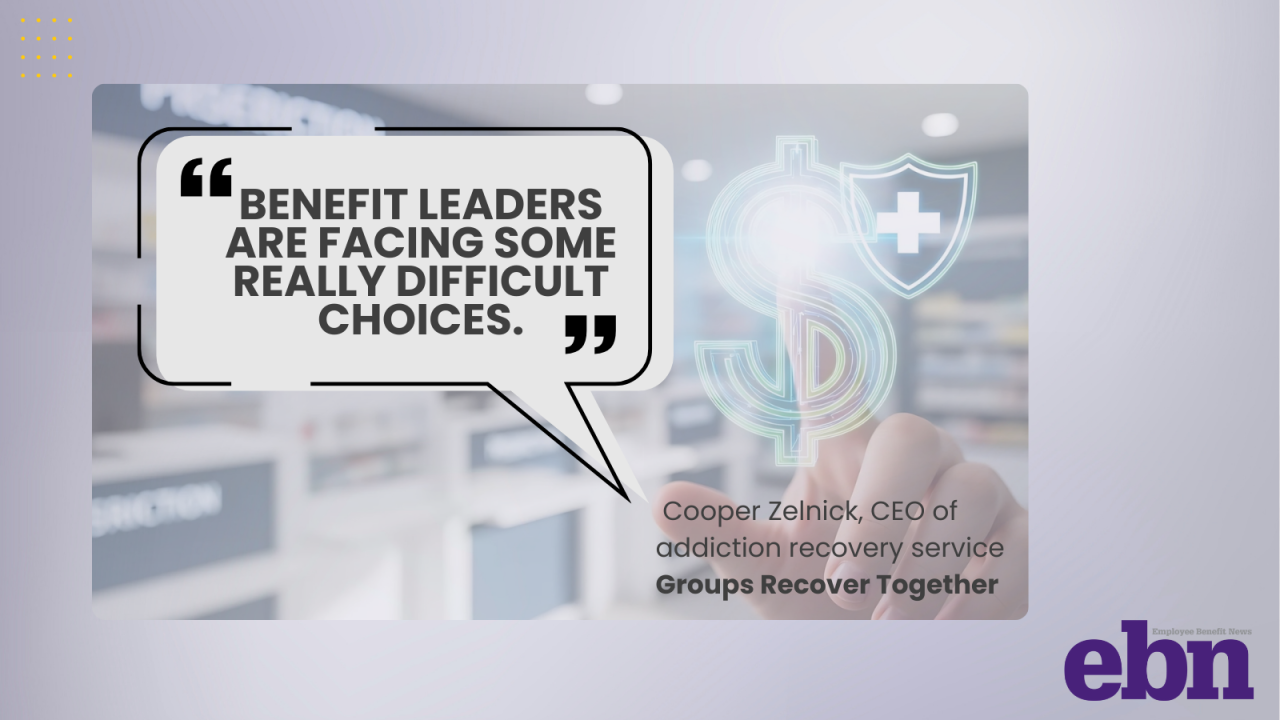Lack of awareness and understanding of what's available are major hurdles to benefits utilization, particularly for
Information overload is also an issue, especially as employers expand from core benefits such as healthcare, dental and retirement, to include more voluntary benefits in areas like financial, physical and mental wellness, supplemental insurance, and more.
Read more:
The solution to these challenges requires a multi-pronged approach that breaks benefits education into smaller pieces, says Jesse Albro, VP of national accounts at Flimp, which provides employee benefits communications and educational content. The platform's 2023-2024 open enrollment report found that when 235 of their employer clients incorporated video, text, "digital postcards," which are infographic-style microsites with helpful links, and QR code access to educational content, they achieved an average of 70% engagement rate with benefits information. The average time an employee spent on content per visit was just over a minute.
"You give them the essential information, and then you provide access to what we call the 'deep dive information,' through a guide or intranet site," he says. "Allow them to then access those pieces at their own pace."
Flimp relies on a combination of their digital methods, paired with printed flyers and posters for employers to put up throughout the workplace.
Read more:
Regardless of industry or work environment, employees were being reached at a higher level with these methods, Albro says. Flimp's report showed that their banking and financial services clients had a 90% engagement rate with open enrollment campaign information, and construction clients had a 117% engagement rate.
To further education and participation, employers can double down on important benefits throughout the year by emphasizing individual offerings on a monthly or quarterly basis, says Albro.
"A lot of our groups will have scheduled communications throughout the year," he says. "We might have a group that starts with open enrollment, and then they decide they want to highlight their HSA, and then maybe the next month, it's the wellness program. But all of those things that they're highlighting are being pushed out to the employees as single topic communications which orbit around a year-round repository that houses everything."
Another way to bring employees' attention to benefits is by connecting them to a bigger cause, such as an awareness week or month. For example, National Nutrition Month in March is a great time to remind workers about wellness benefits that focus on dietary and hormonal health.
Read more:
Concentrated workforce populations such as employee resource groups (ERGs) can also be tapped — a parent ERG meeting is a great place to do a quick presentation on a child care or 529 account benefit.
"We're finding that the core messaging behind what's being sent out might not even be about that benefit front and center; it could be about something that is topical," Albro says. "It could be an initiative that the employer is trying to highlight, it could be a social issue — anything that the organization feels is important. [But they add,] 'Did you know you have access to this great benefit that helps you deal with [this issue]?' It's about framing benefits and offerings within a message that is related to topical issues that employees truly care about."
A well-designed benefits campaign that presents what's available, allows employees to easily explore brief or in-depth details at their own pace and provides valuable engagement data to employers is a win-win, says Albro.
"It's providing that year-round, on-demand education so employees are not expected to absorb it all at once," he says. "We want to serve as the connective tissue between letting employees know, 'This is something that is top of mind. Here's more information about that, and then here's where you can find these resources to either learn more about a topic or enroll in a specific benefit or program,' and HR, [which] is able to track and measure all of that successfully."






